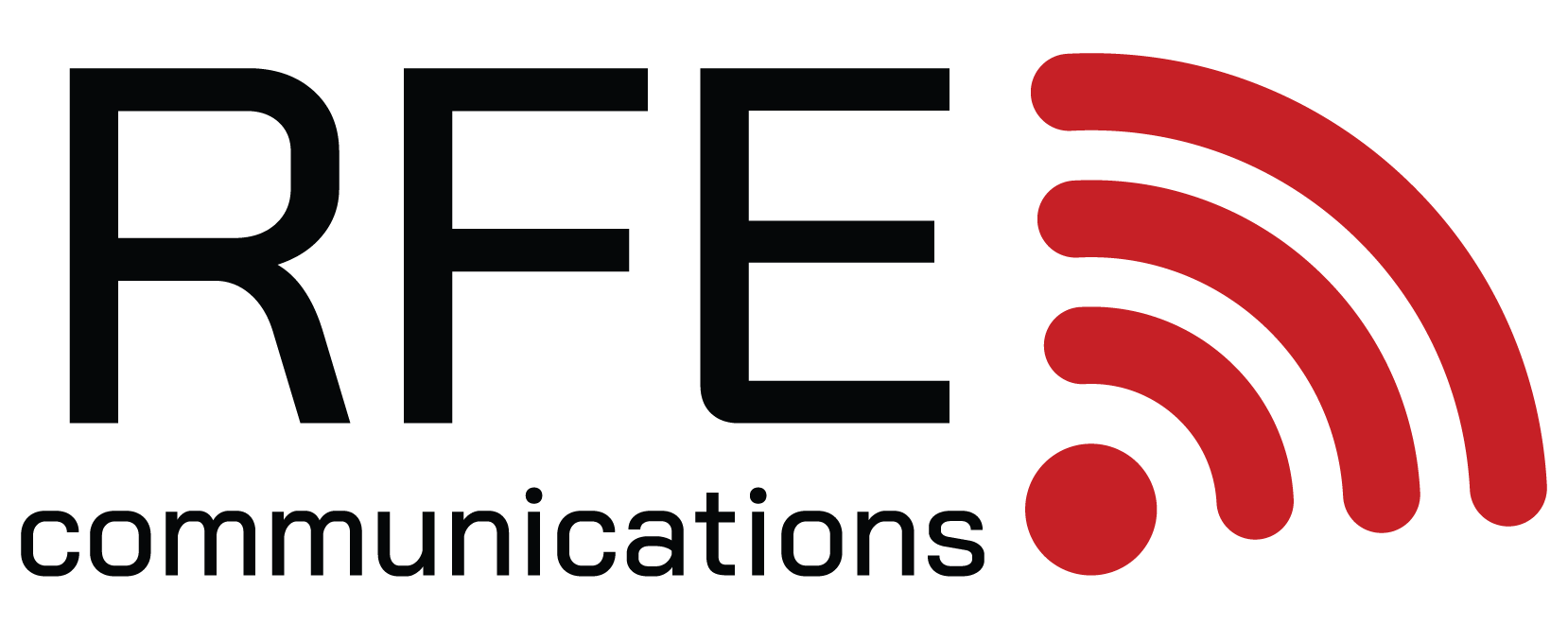How to Improve Indoor Coverage and Enhance Public Safety
Today, cell phone users expect high-quality indoor coverage. Whether in restaurants, malls, hotels, hospitals, schools, or other areas, cell phone users do not expect dropped calls and poor reception. But how can indoor coverage be improved, and why is it essential, especially for first responders? Keep reading to learn more.
What is Indoor Coverage?
Indoor coverage involves providing coverage of places that are not covered by traditional networks. Some of these places include basements and buildings made of thick materials.
What Causes Poor Indoor Coverage?
A variety of factors can cause poor indoor coverage. Some of the common ones include:
Construction Materials
Modern construction materials such as concrete, metal, concrete, bricks, and even energy-efficient glass can negatively impact indoor coverage because cellular signals find it difficult to pass through these materials.
Distance
To receive good reception, you need to be close to a cell phone tower. The further you are from a cell phone tower, the poorer your signal is likely to be.
Topography
While natural features such as mountains and hills provide breathtaking views, they can obstruct cell phone signals and reduce indoor coverage.
Frequencies
Higher frequencies, such as 4G and 5G, offer greater bandwidth. As a result, they can allow you to send more data in less time than lower frequencies. Unfortunately, they are less penetrative compared to lower frequencies like 2G and 3G.
How Poor Indoor Coverage Affects Public Safety
Many people have ditched traditional landlines in favor of cell phones. As a result, today, it is estimated that 80% of indoor calls are made from cell phones. Several of these calls are distress calls. Distress calls need to go through without fail, making good indoor coverage a public safety concern.
Ideally, if someone places a distress call, first responders need to receive the call promptly to act immediately. Unfortunately, because indoor coverage is poor in many buildings, sometimes first responders cannot respond quickly enough.
So how can first responder communications be improved? Here are some ways to improve it:
First Responder Distributed Antenna Systems (DAS)
A first responder DAS is simply a network of independent antennas linked to the same source. Together, they can improve indoor coverage within an area such as a building with several floors or a stadium. First responder DAS is typically ideal for large areas such as tall buildings.
Pros of First Responder DAS
Supports Many Users: First responder DAS guarantees quality reception and excellent connectivity even if the number of users is high.
Cost-Effective: Commercial DAS utilizes several low power networks instead of one high power one.
First Responder Cellular Boosters
Like DAS, commercial cell boosters can also improve indoor coverage and enhance public safety. Once they detect a signal in an area, they amplify it and transmit the amplified signal throughout the area.
Pros of First Responder Cellular Boosters
Inexpensive: They tend to be cheaper to implement than DAS networks.
Enhance Signal Strength: They can improve signal strength and enable first responders to respond quickly to emergencies.
Emergencies are inevitable. When they do strike, first responders need to respond to them fast. By implementing the above technologies, you can guarantee the safety of the people inside your premises and aid first responders.
